Here’s my review of six of the Best Bantam Chicken Breeds for use in Australian backyards and rural properties
So, you’ve decided to keep bantam chickens at home for pets and egg production or you have a rural property with plenty of land. If you’ve decided to start a work from home lifestyle, you’ll need time in the backyard to chill out with nature, enjoying a quiet cuppa coffee or tea, and perhaps watching some chickens scratch around in their pen.
You have your favourite chicken house set up after reading my blog post on getting started with Chickens, plus my review on the best chicken pens and decided to get some Bantam hens. Bantams as you now know are perfect size chickens for families with smaller yards and now you want to know which small bantam chicken breed is best?
Small Bantam chickens such as the Silkie hens, Pekins and Old English game Bantams, produce smaller but nutritious eggs and may be more suited to young families with small backyard space. Their smaller size and quiet nature make them less likely to boss around small children unlike the larger Breed chickens.
I’ve reviewed 6 of the Best Bantam Chicken Breeds for Australian Homes and Farms.
- Silkie Bantam
- Pekin
- Old English Game Bantam
- Wyandotte Bantam
- Dutch Bantam
- Japanese Bantam
I compared each breed with attributes such as:
- Size
- Egg Production
- Friendliness
- Hardiness
- Life Span
- Cost to purchase
This review is based on my experience with chickens I have kept over the years, plus I searched the internet for Data and its right here summarised to help you choose. Also, there’s a quick view chart you can check out and at the end I’ve picked my top 2 Bantam Chicken Breeds.
These breeds are well-suited to Australian conditions, relatively common and easily purchased. They offer a balance of good egg production, hardiness, with friendly dispositions, making them ideal for backyards and rural properties alike.
If you are an enthusiastic chicken breeder, or experienced chicken owner and your favourite breed of chicken is not mentioned here, I understand your confusion. As there are many and varied breeds of chickens to choose from, I’ve simply tried to narrow it down, so beginners and inexperienced chicken owners can have a starting point.
My 6 Best Bantam Chicken Breeds for use in Australian backyards and rural properties.
1. Silkie Bantam
The Silkie Bantam’s history dates back centuries to Asia, particularly China, where they were celebrated for their soft, fur-like feathers and black skin. The breed was noted in early Chinese texts and became known to the Western world through travellers like Marco Polo, who described a “furry chicken” during his travels in the 13th century. Silkies eventually reached Europe via trade routes and quickly gained popularity as ornamental birds due to their unique appearance and friendly temperament.
- Description: Known for their fluffy, fur-like feathers, black skin, and gentle nature. Often kept as ornamental birds.
- Size: Very small (0.5–1 kg).
- Egg Production: 100–120 small, cream-colored eggs annually.
- Friendliness: Exceptionally friendly and calm; great with children.
- Hardiness: Moderate; better suited to warmer climates and require dry conditions to avoid feather issues.
- Expected Life Span: 7–9 years.
- Approximate Cost: $25–$50 per chick; $50–$80 for a point-of-lay hen.
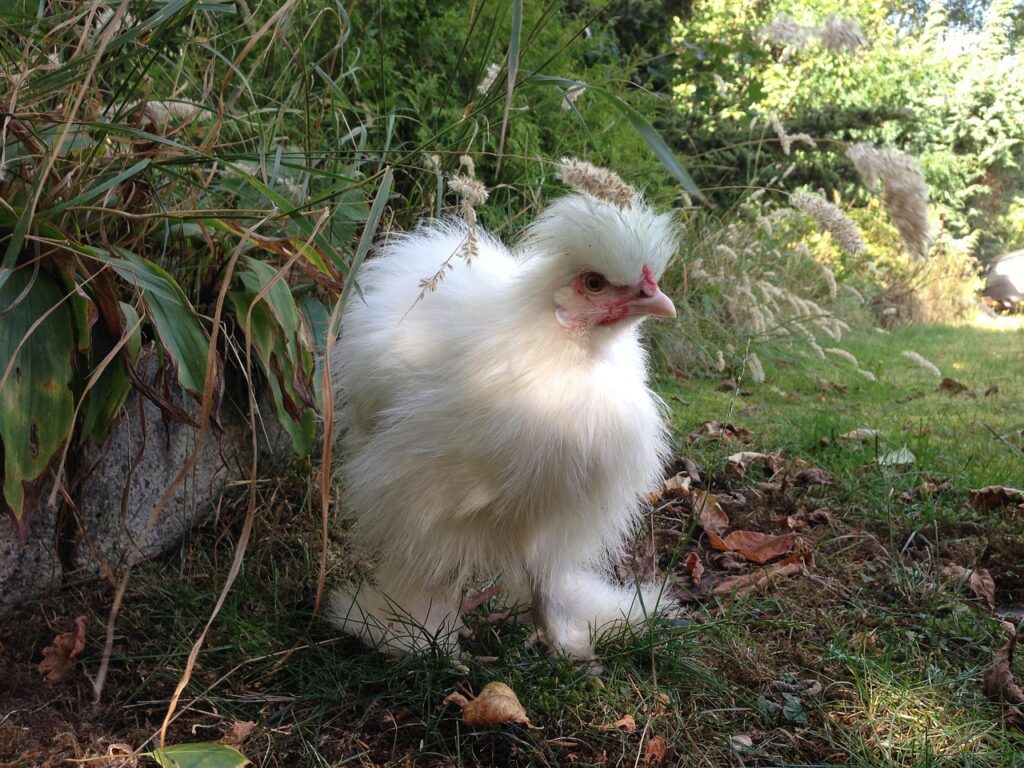
2. Old English Game Bantam
The Old English Game Bantam originated in England and is a descendant of ancient game fowl bred for fighting; a practice that was widespread before being outlawed in the 19th century. After the ban, enthusiasts shifted their focus to preserving the breed for its striking appearance and spirited nature. Miniature versions were developed as ornamental and show birds, with their upright stance and vibrant plumage making them a favourite among poultry fanciers.
- Description: A striking and energetic breed with compact bodies and upright stances, often kept for show purposes.
- Size: Small (0.6–1 kg).
- Egg Production: 50–80 small eggs annually.
- Friendliness: Active and independent; can be flighty and less cuddly.
- Hardiness: Hardy in both heat and cold but may require protection from predators due to their size.
- Expected Life Span: 5–7 years.
- Approximate Cost: $30–$60 per chick; $60–$100 for a show-quality bird.
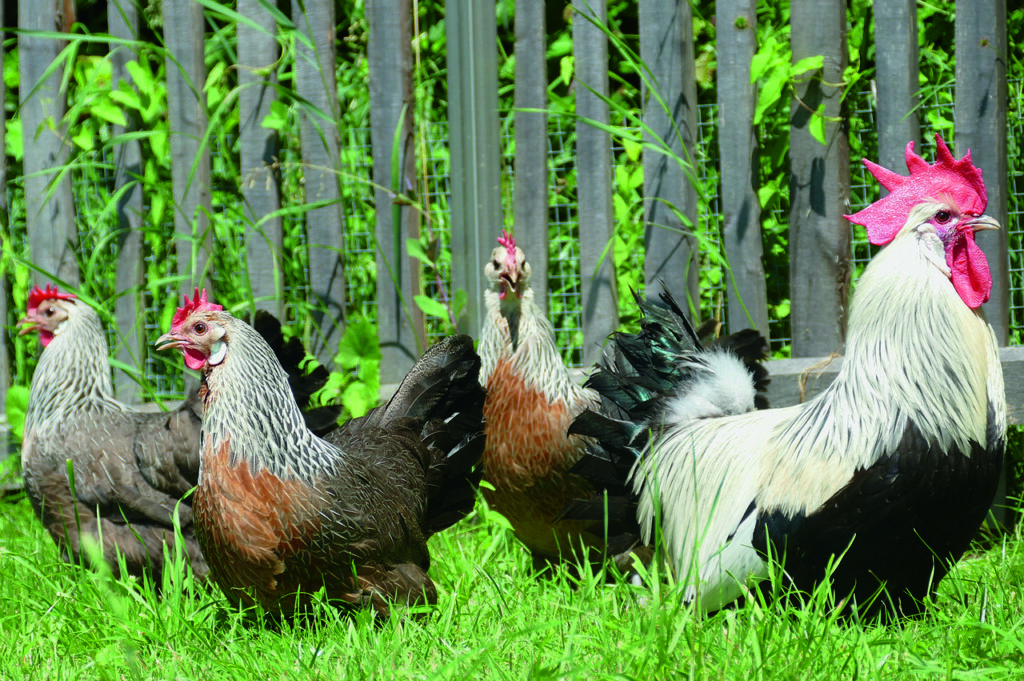
3. Pekin
The Pekin Chicken’s story began in China, where it was prized for its round body, feathered legs, and charming appearance. These birds were introduced to Britain in the mid-19th century, supposedly as gifts to Queen Victoria. Their distinctive look and calm temperament soon made them popular in Europe. Breeders worked to refine their features, solidifying their status as one of the most beloved true bantam breeds in the world.
- Description: A true bantam breed with round, feathered bodies and feathered feet, making them adorable and unique.
- Size: Small (0.7–1 kg).
- Egg Production: 80–120 small eggs annually.
- Friendliness: Extremely friendly and docile; perfect for families and confined spaces.
- Hardiness: Hardy, though their feathered feet require dry conditions to prevent issues.
- Expected Life Span: 5–8 years.
- Approximate Cost: $25–$50 per chick; $50–$70 for a point-of-lay hen
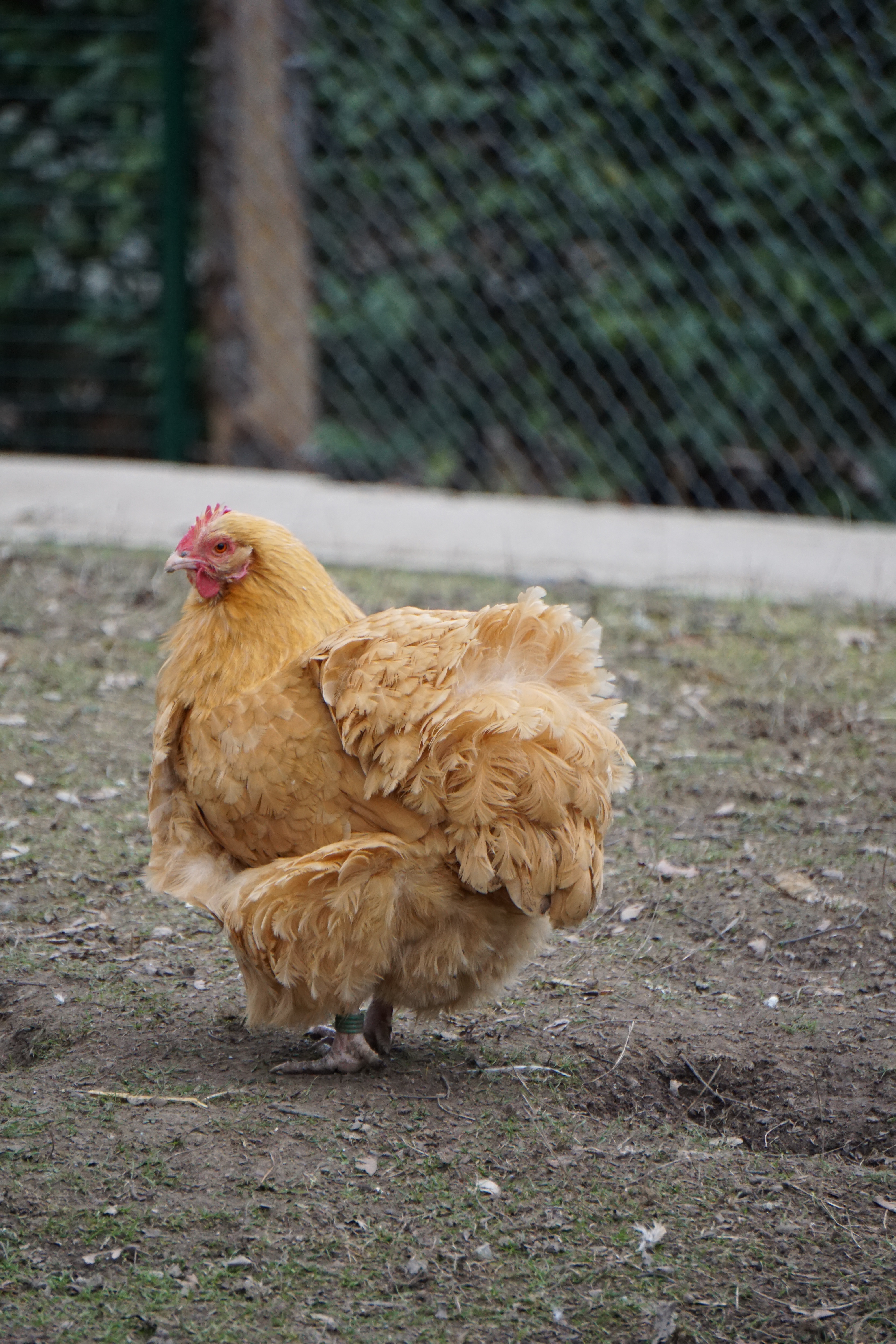
4. Wyandotte Bantam
The Wyandotte Bantam is a scaled-down version of the standard Wyandotte, which was originally developed in the United States in the late 19th century. The standard breed was named after the Wyandot people, with the bantam variety being created later to cater to those who wanted a smaller, equally beautiful bird. Known for its intricate laced feather patterns and versatility, the Wyandotte Bantam became a Favorite for backyard enthusiasts and exhibitors alike.
- Description: Miniature version of the standard Wyandotte, known for its stunning laced feather patterns.
- Size: Small (0.9–1.2 kg).
- Egg Production: 120–150 small, light-brown eggs annually.
- Friendliness: Friendly but can be assertive in mixed flocks.
- Hardiness: Very hardy in diverse climates; well-suited for Australia.
- Expected Life Span: 6–9 years.
- Approximate Cost: $30–$50 per chick; $50–$80 for a point-of-lay hen.
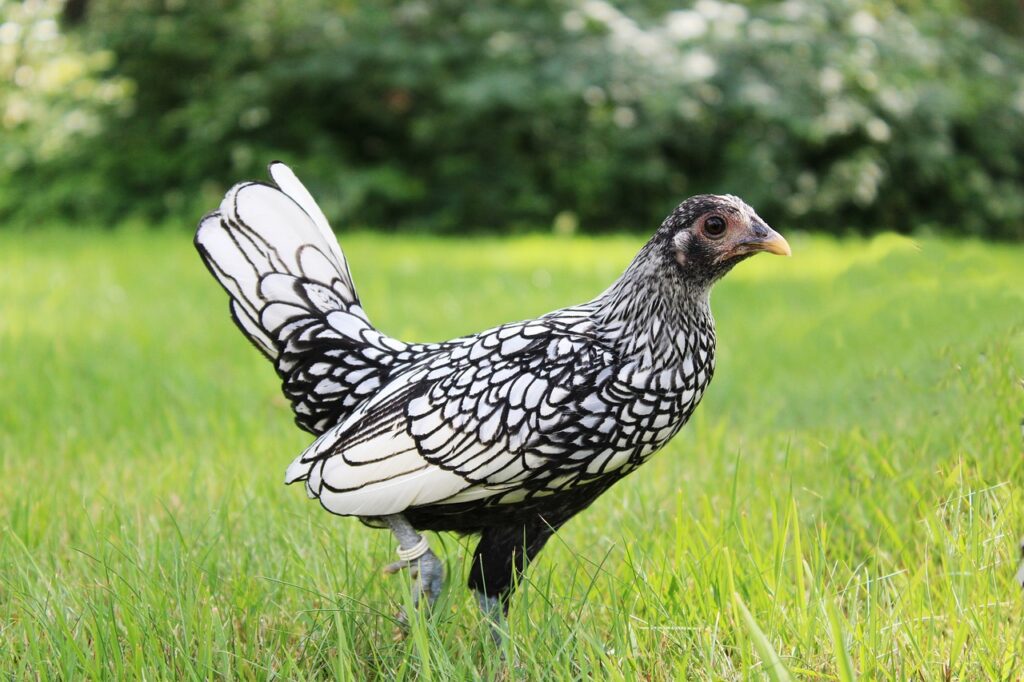
5. Dutch Bantam
The Dutch Bantam has its roots in the Netherlands, where it was bred as a small, practical chicken capable of producing small eggs. During a time when farmers were taxed on large eggs, this breed became highly valued for its petite size and efficient egg production. Over time, it evolved into a decorative and cherished bird, appreciated for its vibrant plumage and active personality, and remains one of the oldest true Bantam breeds.
- Description: A beautiful and delicate breed with upright tails and colorful plumage. Known as a true bantam with no larger counterpart.
- Size: Very small (450–550 g).
- Egg Production: 80–100 small white eggs annually.
- Friendliness: Friendly but energetic; prefers space to roam.
- Hardiness: Less hardy; requires protection from extreme weather and predators.
- Expected Life Span: 5–7 years.
- Approximate Cost: $40–$70 per chick; $70–$100 for a point-of-lay
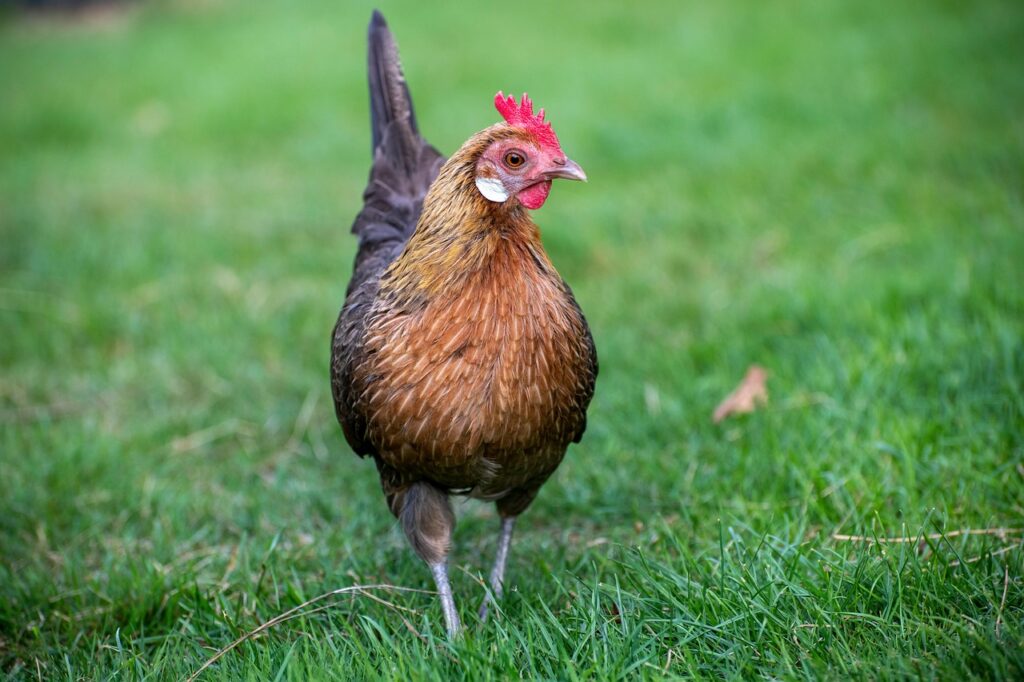
6. Japanese Bantam
The Japanese Bantam, also known as the Chabo, has a long association with Japan, where it was bred as an ornamental bird for imperial courts and private gardens. Its origins can be traced back to chickens brought to Japan by early traders, which were then selectively bred to develop the breed’s distinctive traits, such as short legs and long tails. By the 19th century, the Japanese Bantam had gained international recognition, becoming a highly sought-after breed for exhibitions
- Description: Ornamental breed with short legs and strikingly long tails, making them a favorite in exhibitions.
- Size: Very small (500–600 g).
- Egg Production: 50–80 small eggs annually.
- Friendliness: Gentle but somewhat reserved; best suited for experienced keepers.
- Hardiness: Moderately hardy; needs protection from cold and wet conditions.
- Expected Life Span: 5–7 years.
- Approximate Cost: $50–$80 per chick; $80–$120 for a point-of-lay hen.
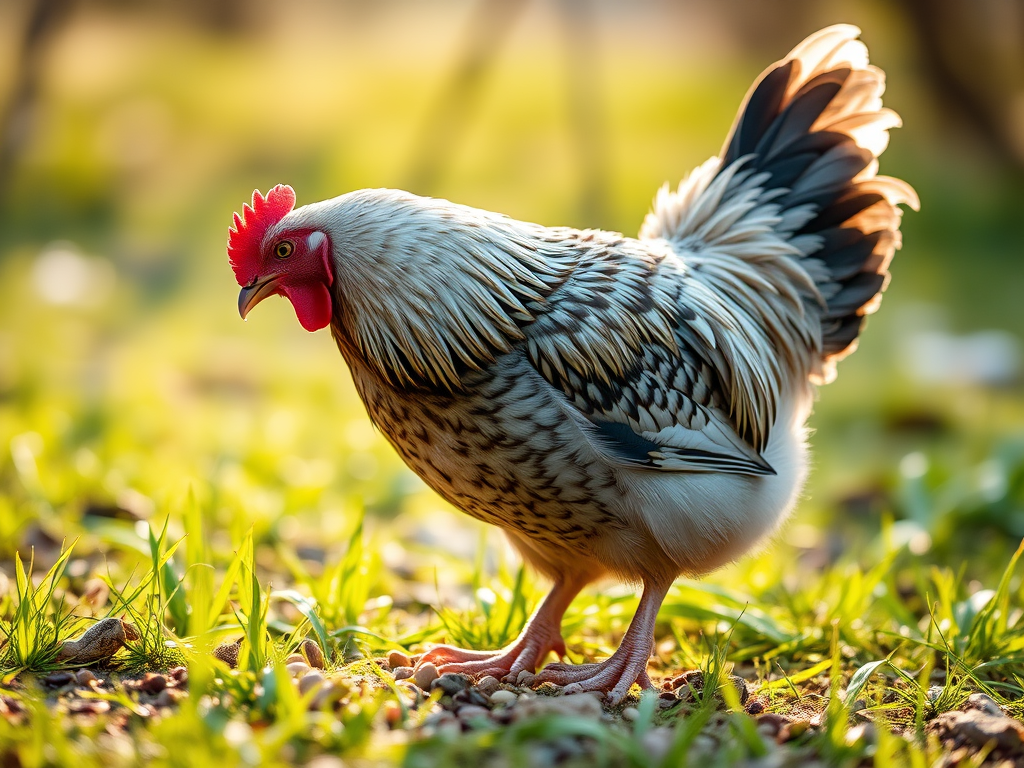
Each breed is unique and has been developed, to reflect a blend of practicality and beauty.
Here is a detailed chart comparing the six Bantam chicken breeds based on their attributes, followed by an evaluation of the top two Bantam breeds overall.
Bantam Chicken Breed Comparison Chart
| Breed | Size (Hens) | Egg Production (Annually) | Friendliness | Hardiness | Expected Life Span | Approximate Cost (Point-of-Lay) |
| Silkie Bantam | 0.5–1 kg | 100–120 eggs | Exceptionally friendly | Moderate (requires dry conditions) | 7–9 years | $50–$80 |
| Old English Game Bantam | 0.6–1 kg | 50–80 eggs | Active but flighty | Hardy (good in heat and cold) | 5–7 years | $60–$100 |
| Pekin Chicken | 0.7–1 kg | 80–120 eggs | Extremely friendly | Hardy (requires dry conditions for feet) | 5–8 years | $50–$70 |
| Wyandotte Bantam | 0.9–1.2 kg | 120–150 eggs | Friendly but assertive | Very hardy | 6–9 years | $50–$80 |
| Dutch Bantam | 450–550 g | 80–100 eggs | Friendly but energetic | Less hardy (needs predator and weather protection) | 5–7 years | $70–$100 |
| Japanese Bantam | 500–600 g | 50–80 eggs | Gentle but reserved | Moderate (needs protection from cold and wet) | 5–7 years | $80–$120 |
Highlights
- Smallest Size: Dutch Bantam (450-550g).
- Most Egg Production: Wyandotte Bantam (120–150 eggs annually).
- Most Friendly: Silkie Bantam and Pekin Chicken (exceptionally friendly).
- Most Hardy: Wyandotte Bantam (very hardy, adaptable to climates).
- Highest Expected Life Span: Silkie Bantam and Wyandotte Bantam (7–9 years).
- Best Approximate Cost for Laying Hens: Silkie Bantam, Pekin Chicken, and Wyandotte Bantam ($50–$80 per point-of-lay hen).
Evaluation of the Overall Best Two Chicken Breeds
- Wyandotte Bantam:
- The Wyandotte Bantam excels in nearly all categories, offering the highest egg production (120–150 eggs), excellent hardiness, a long lifespan of up to 9 years, and friendly temperament. It is an excellent choice for those seeking a dependable layer and ornamental beauty.
- Silkie Bantam:
- Silkie Bantams are ideal for families due to their exceptionally friendly nature, making them perfect for children. While they are moderate layers (100–120 eggs annually), their unique appearance and long lifespan of up to 9 years make them a favorite for backyard flocks.
Conclusion
The Wyandotte Bantam is the best all-rounder for egg production, hardiness, and aesthetics
The Silkie Bantam is perfect for those prioritizing companionship and ornamental value. Both are excellent choices for Australian backyards and rural properties.
Buying Chickens.
You can buy Bantam chickens at local country Flea markets or backyard growers and the price is usually cheaper. That being said the chicken’s heritage can be uncertain with many having mixed breeding history and they may not have the attributes you were looking for. I have bought many chickens from Flea markets over the years and generally have had no issues. If this is your choice, try to assess the hen for signs of disease or illness before you purchase and ask the seller about the chickens’ history.
Rural pet and produce merchants and established Chicken hatcheries offer better security of the chicken’s heritage and more likely an assurance of a healthy bird. It should be easy to find some Silkie Bantams as they are a popular backyard breed, though you may have to search for some Wyandotte Bantams. Hatcheries will have several other varieties for you to check out if you prefer. You can even purchase chickens online now and have them delivered to your home.
For more information on Raising chickens at home try my post on How to raise chickens at home or Best Big Chicken breeds or my review on the Best chicken house or Coops.

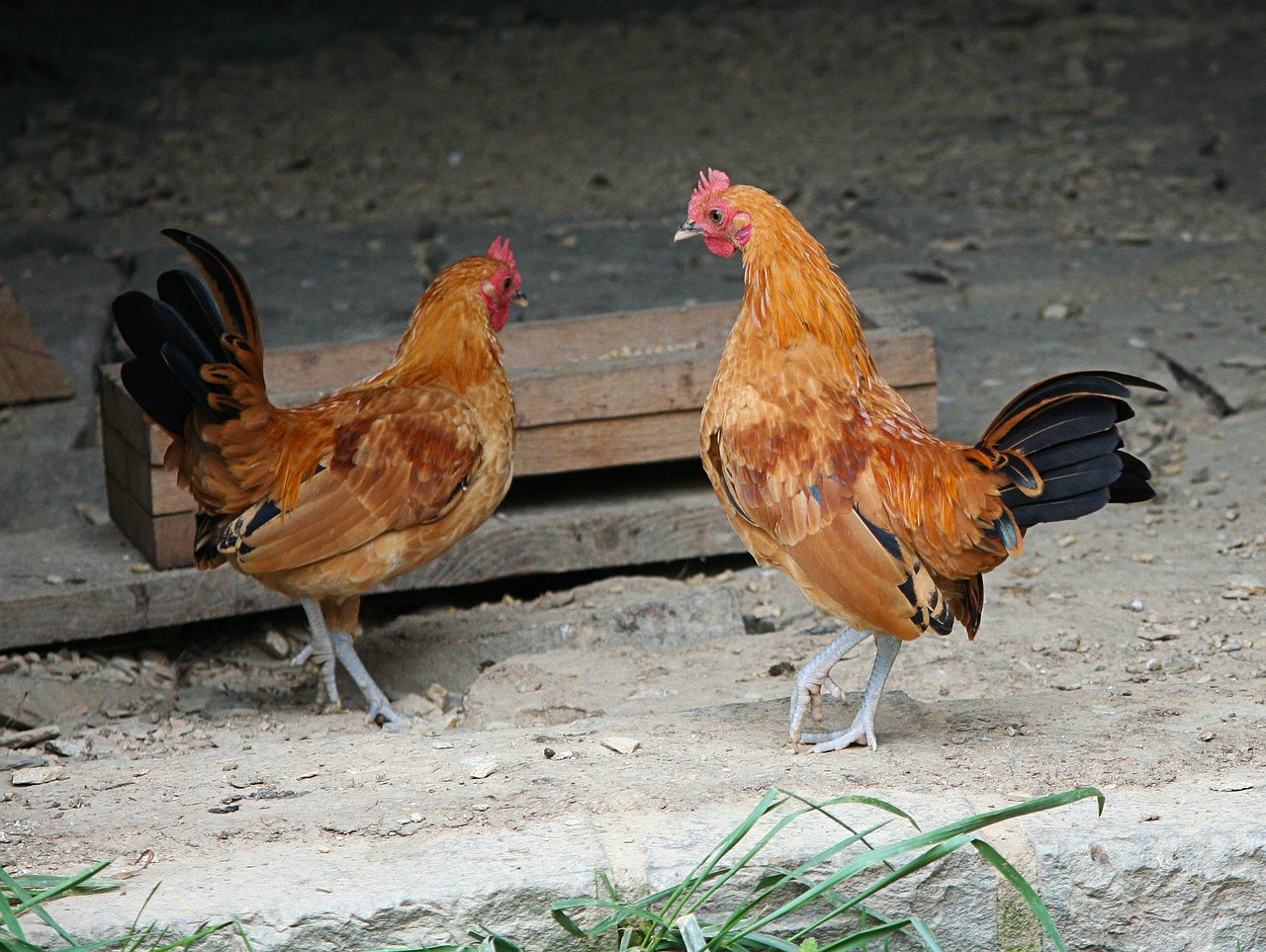

Just a test comment….just a test comment